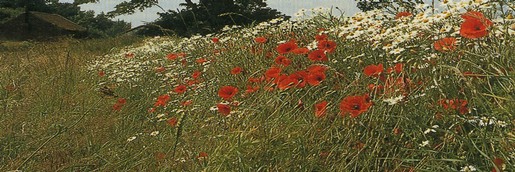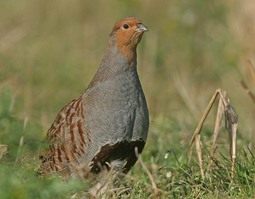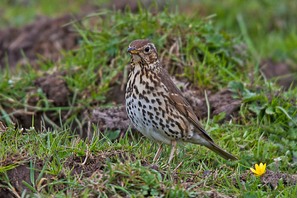

Biodiversity
Action
Plan
Key objectives for biodiversity in field margins:
- Raise awareness of the importance of arable field margins for biodiversity.
- Review the extent of extent and quality of arable field margin management in Barnsley.
- Promote and support good field margin management practice to improve biodiversity, including through stewardship schemes.
- Promote creation of arable field margins as opportunities arise and restoration and improvement of degraded arable field margins.
- Collect and analyse records of populations and assemblages of wildlife species in good quality field margins across Barnsley.
Roles:
Landowners -in particular those that cultivate their land:
- introduce and manage field margins for wildlife.
Barnsley Council: In planning decisions
- can set conditions to ensure that the biodiversity value of existing field margins is maintained and potentially enhanced.
Natural England
- administers Stewardship Schemes
Naturalists, groups and volunteers
- can help provide records to the Barnsley Biological Record centre of the existence and condition of field margins and the wildlife species found there.
Actions taken
- A number of farmers include headland strips and other features for wildlife.
Future actions
- Review the numbers of farms with -and the extent of- arable field margin management
- Encourage wider participation from the farming community in environment land management schemes involving arable field margins
Marking progress
- No loss of existing field margins of value for biodiversity.
- Land management measures to benefit wildlife in arable fields
- Numbers and extent of field margins in ‘favourable condition’.
- Creation of low input cultivated, permanent grass, flower rich and wild bird seed arable field margins or blocks.
- Participation in environmental land management schemes.

Arable Field Margins Actions

